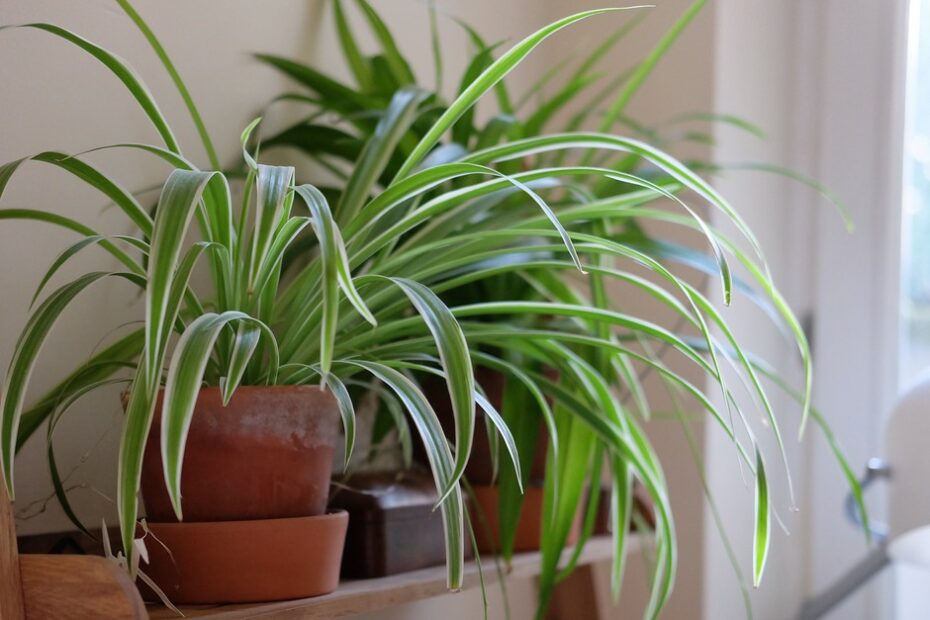Spider plants, scientifically known as Chlorophytum comosum, are renowned for their graceful foliage and easy-to-care-for nature. Whether you’re a seasoned plant enthusiast or a novice gardener, cultivating and nurturing a spider plant can be a rewarding experience. In this comprehensive guide, we’ll delve into the essential aspects of growing and caring for spider plants, from selecting the right container to troubleshooting common issues. By following these tips and techniques, you’ll be well-equipped to foster thriving spider plants that add beauty and vitality to your indoor or outdoor space.
Selecting the Perfect Spider Plant
Before you embark on your spider plant journey, it’s crucial to select the right specimen. When choosing a spider plant, look for one with healthy, vibrant foliage and sturdy stems. Avoid plants with discolored leaves, signs of pests, or wilting foliage, as these may indicate underlying issues. Additionally, consider the variety of spider plant you prefer—whether it’s the classic green variety or a variegated cultivar, such as the popular ‘Variegatum’ or ‘Bonnie’ variety.
Optimal Growing Conditions
Spider plants thrive in moderate to bright indirect light, making them ideal for indoor spaces with ample natural light. Place your spider plant near a window where it can receive sunlight filtered through sheer curtains or blinds. While spider plants can tolerate some degree of shade, insufficient light may result in leggy growth and diminished vibrancy. Additionally, ensure proper air circulation around your spider plant to prevent the buildup of moisture, which can lead to fungal diseases.
Choosing the Right Container
When it comes to selecting a container for your spider plant, opt for one with adequate drainage holes to prevent waterlogging. Terra cotta pots are an excellent choice, as they allow for better airflow and drainage compared to plastic containers. Ensure that the chosen pot is proportionate to the size of your spider plant, providing ample room for root development. Repotting may be necessary as your spider plant grows, typically every one to two years or when the roots outgrow the current container.
Potting Mix and Watering Routine
Spider plants prefer a well-draining potting mix rich in organic matter. A blend of peat moss, perlite, and compost works well for spider plants, providing both moisture retention and adequate drainage. When watering your spider plant, aim to keep the soil consistently moist but not waterlogged. Allow the top inch of soil to dry out between waterings, adjusting the frequency based on environmental factors such as temperature and humidity. Be cautious not to overwater, as soggy soil can lead to root rot and other moisture-related issues.
Feeding and Fertilizing Schedule
To promote healthy growth and vibrant foliage, feed your spider plant with a balanced liquid fertilizer diluted to half strength every two to four weeks during the growing season (spring and summer). Reduce fertilization frequency during the fall and winter months when growth slows down. Alternatively, you can incorporate a slow-release fertilizer into the potting mix during repotting to provide a steady supply of nutrients over time.
Pruning and Propagation Techniques
Regular pruning helps maintain the aesthetic appeal of your spider plant and encourages new growth. Remove any yellowing or browning leaves, as well as spent flower stalks, using clean, sharp scissors or pruning shears. Spider plants are prolific producers of offshoots, or “pups,” which can be propagated to create new plants. Simply cut away the offshoots with a sterile knife or scissors and plant them in a separate container filled with moist potting mix. Keep the newly propagated plants in a warm, humid environment until they establish roots.
Common Pests and Diseases
While spider plants are relatively resilient, they may occasionally encounter pests such as spider mites, aphids, or mealybugs. Regularly inspect your spider plant for signs of pest infestation, including webbing, sticky residue, or distorted foliage. Treat affected plants promptly with insecticidal soap or neem oil, ensuring thorough coverage of both the tops and undersides of leaves. Additionally, watch out for common diseases such as root rot and leaf spot, which can occur due to overwatering or poor air circulation. Maintain proper watering practices and promptly remove any diseased foliage to prevent the spread of pathogens.
Conclusion
Caring for a spider plant is a fulfilling endeavor that rewards patience, attention to detail, and a love for greenery. By providing optimal growing conditions, regular maintenance, and proactive pest and disease management, you can cultivate thriving spider plants that enhance your living space with their beauty and vitality. Whether you’re a seasoned plant enthusiast or a beginner gardener, incorporating spider plants into your indoor or outdoor garden is sure to bring joy and satisfaction for years to come.
